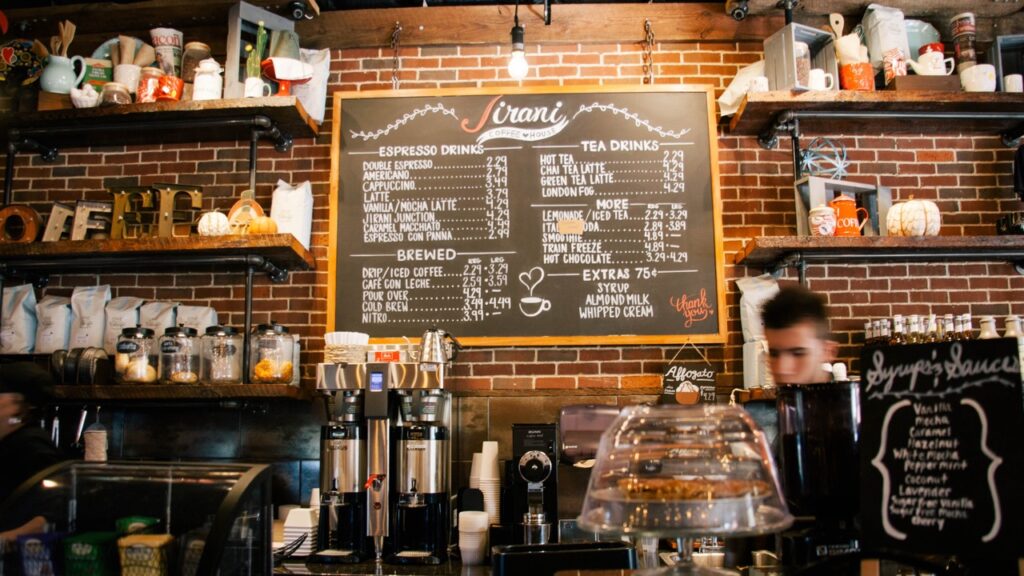
Effects of continuously evolving food service markets across the United States can be particularly visible in the number and variety of desserts available to diners. Qualitative surveys and trends in research suggest that this has created an appetite among the industry for data-driven insights to understand customer preferences in the dessert world. With these insights from Brizo’s data, franchise owners and restaurateurs are now better able to proactively shape their dessert offerings in the face of dynamic trends.
In this article, we answer some of the common questions faced by restaurant owners around dessert trends in the US food service industry.
What Are Popular Dessert Trends?
A range of new flavors and twists being explored across the United States across today’s dessert trends. From ice cream flavors that encompass lavender to mango-basil and rosemary almond. Many restaurants are looking to add unique touches to their desserts by experimenting with seasonal fruits like plums and peaches as well as ingredients like coffee and toasted coconut to create memorable dining experiences for their customers.
Fermenting, freezing and dehydrating are some of the new ways of incorporating texture and flavor to desserts, as observed in fermented honeycheesecakes, frozen yogurts, and dried fruit sorbets. Molecular gastronomy, often referred to as modernist cuisine, has been increasingly used in desserts to create interesting flavors and textures. An example is the use of lycopene, a tomato-based natural food powder, to provide a unique, velvety flavor in desserts like ice cream.
What Are Consumer Preferences When it Comes to Desserts?
Typically, people look for non-traditional dessert flavors when dining out. Popular items include ice cream sandwiches, cheesecakes, pies, muffins, and crumbles. Creative twists on classic desserts, such as crepes with crème fraîche or pancakes with fruit sauces, also prove to be a hit with customers. As this trend towards more exotic and unique flavors continues, desserts have also become an example of the bolder, trendier and richer flavors that are more commonly associated with the food industry.
Consumers often make food choices based on a variety of factors, from health concerns to taste preferences. As such, there is an increasing interest in light, vegan, and gluten-free desserts, or those which are lower in sugar, without sacrificing flavor or texture. Similarly, organic and locally-sourced ingredients are also being favored when available.
What Technical Knowledge Do I Need to Create Consistently Great Desserts?
Successfully creating great desserts requires a certain level of technical skill and knowledge. Understanding how to combine and balance the different ingredients and flavors is the key to creating something truly delicious. Learning about the properties and function of macronutrients and emulsifiers and how best to use them is vital when creating great desserts. Professional pastry chefs possess specific knowledge about how best to combine different flavors in desserts and how to prepare the ingredients in order to achieve great texture and flavor. It is also important to understand the basics of plating desserts and presenting them in a visually appealing manner. Furthermore, it is necessary to work safely in the kitchen, follow health and safety regulations, maintain a clean and sanitized work environment, and ensure that all materials and tools used are of the highest quality and the freshest.
How Can I Use Data to Drive Dessert Trends?
Data is the foundation for making savvy business decisions and creating great desserts. By leveraging a database of menu items, such as Brizo’s comprehensive suite of food service insights and analytics, restaurateurs can make informed decisions about the right ingredients to combine and when to introduce new flavors. This data can also help in understanding which desserts are most popular with customers, providing a great opportunity to innovate and create a unique and memorable experience.
Using data to understand the current market trends in desserts can also help restaurateurs optimize menu pricing, understand regional and consumer preferences, and ensure the availability of ingredients. With this data-driven insight, restaurateurs can keep their desserts and menus up-to-date and drive profitably.